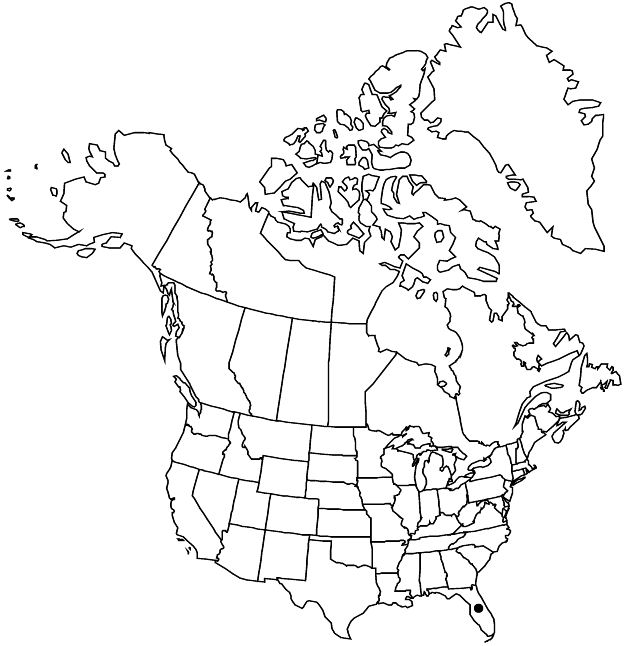Hibiscus poeppigii
Jahresber. Naturwiss. Vereins Halle 2: 133. 1850.
Subshrubs to 1.8 m, herbage with appressed-stellate pubescence throughout. Stems additionally with line of fine, curved, simple hairs extending from node to node and decurrent from leaf base; older twigs brown or greenish brown to gray. Leaves: stipules narrowly triangular, 2–4.5 mm; petiole mostly 1/4–3/4 blade, with line of fine, curved hairs adaxially; blade broadly ovate to transversely broadly ovate, usually 3-lobed or 3-fid, mostly 1.2–4.5 × 1.2–4.3 cm, base cordate to truncate, rarely broadly cuneate, margins irregularly crenate to serrate, apex obtuse to broadly acute, apex of lateral lobes obtuse or broadly acute, surfaces scabridulous, hairs appressed-stellate, nectary present abaxially at base of midvein. Inflorescences solitary flowers in axils of distal leaves. Pedicels jointed beyond middle, 2–5 cm, exceeding petioles and sometimes blades; involucellar bractlets 9–11, linear to narrowly oblanceolate or subulate-linear, 0.5–0.9 cm, margins not or indistinctly ciliate. Flowers nodding or pendulous; calyx divided ± 1/2 length, narrowly campanulate, 0.7–1.2 cm, exceeding involucel, lobes narrowly triangular-ovate, apices acute or short-acuminate, nectaries absent; corolla narrowly funnelform, petals bright red [pink], broadly oblanceolate, ± convolute, 1.5–2.6 [–3.5] × 0.4–1.2 cm, margins ± entire, sparingly hairy abaxially where exposed in bud; staminal column exserted, straight, bright red, 1.8–3.4 cm, bearing filaments on distal 1/2, free portion of filaments not secund, 2–3 mm; pollen dark orange; styles red, 1–3.5 mm; stigmas red. Capsules dull brown, ± globose, 0.9–1.1 cm, equaling or surpassing calyces, apex apiculate, coarsely stellate-hairy. Seeds brown, angulately reniform-ovoid, 2–2.6 mm, pale silky-hairy ± throughout. 2n = 22 (Jamaica).
Phenology: Flowering winter–summer.
Habitat: Open thickets and hammocks, limestone-derived soil
Elevation: 0–10 m
Distribution

Fla., e, se Mexico, West Indies (Cuba), West Indies (Jamaica), Central America (Guatemala)
Discussion
Hibiscus poeppigii has been called H. pilosus (Swartz) Fawcett & Rendle (for example, J. K. Small 1933; R. W. Long and O. Lakela 1971), a name that pertains to a species of Malvaviscus. In the flora area, H. poeppigii is confined to Miami-Dade and Monroe counties; it has been erroneously cited from mid-peninsular Florida on the basis of a mislabeled specimen. The floral characteristics suggest hummingbird pollination.
Selected References
None.
Lower Taxa
"/2" is not declared as a valid unit of measurement for this property."fine" is not a number. "fine" is not a number.